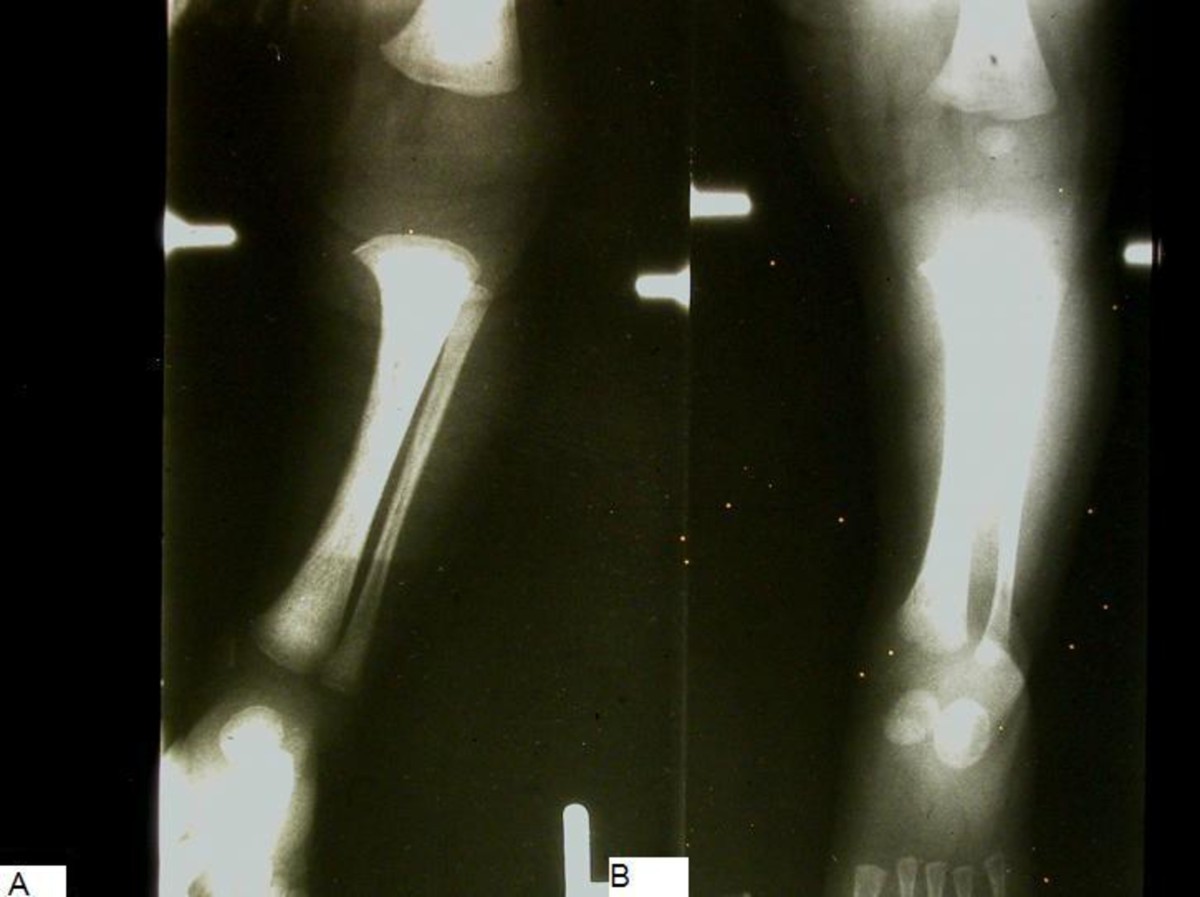hypothyroidism
The clinical syndrome of hypothyroidism is marked by inadequate thyroid hormone production, resulting in a decreased rate of cellular metabolism. It may be primary, in which the dysfunction pertains to the thyroid gland itself, or secondary, due to hypothalamic or pituitary dysfunction .
Epidemiology
Disproportionately affects females in a 10:1 ratio compared to males. Clinically symptomatic hypothyroidism is less common than subclinical hypothyroidism and becomes more common with increasing age. The most common cause depends on the patient population; in the United States autoimmune diseases, especially Hashimoto thyroiditis, causes the majority of cases, whereas in highly iodine-deficient populations (such as those who reside in Southeast Asia, especially populations further inland) iodine deficiency is the most common cause .
Clinical presentation
Hypothyroidism affects almost every organ system, with common presenting complaints including:
- shortness of breath
- muscle/joint pain
- hoarseness
- periorbital/peripheral (non-pitting) edema
- weight gain
- menstrual irregularity
- cold intolerance
- constipation
In cases of severe hypothyroidism, patients may present with a myxedema coma, which presents with reduced/altered mental state, hypothermia, severe constipation (including myxedematous megacolon), bradycardia, hypotension, hypoventilation, hypoglycemia, and gross myxedema .
ECG
- sinus bradycardia
- prolonged QT interval
- flattening/inversion of T waves
- interventricular conduction delays
- especially right bundle branch block
Pathology
Etiology
Pathology of the thyroid gland itself may result in primary hypothyroidism, whereas pathology which affects the pituitary and hypothalamic production of thyroid-stimulating hormone (TSH) and/or thyroid releasing hormone (TRH) (respectively) is referred to as secondary hypothyroidism. Common etiological associations are as follows :
- primary hypothyroidism
- autoimmunity
- iodine deficiency
- thyroiditis
- post-radiation
- infiltrative disease
- secondary hypothyroidism
- pituitary adenoma
- panhypopituitarism
- post-radiation
- infiltrative disease
- congenital
- drug-induced
- amiodarone
Radiographic features
Ultrasound
Sonographic appearance depends on underlying etiology, and may include:
- abnormal size of the thyroid gland
- alteration in thyroid echotexture
- may be diffuse or nodular
- abnormal color flow Doppler patterns
Treatment and prognosis
Management is with thyroid hormone replacement, typically with levothyroxine, a synthetic form of thyroxine, a.k.a. 'T4'.
Siehe auch:
und weiter:

 Assoziationen und Differentialdiagnosen zu Hypothyreose:
Assoziationen und Differentialdiagnosen zu Hypothyreose:
